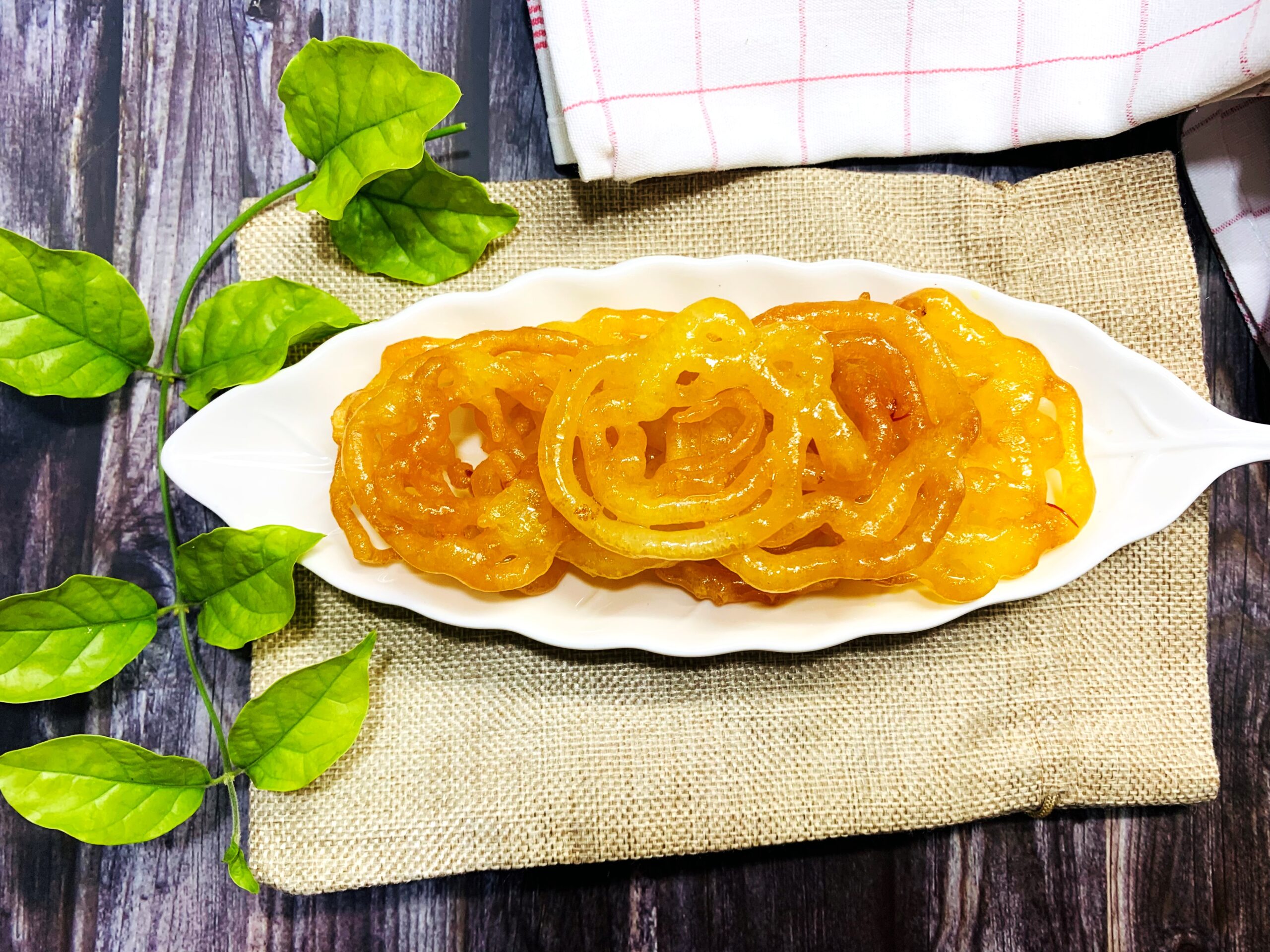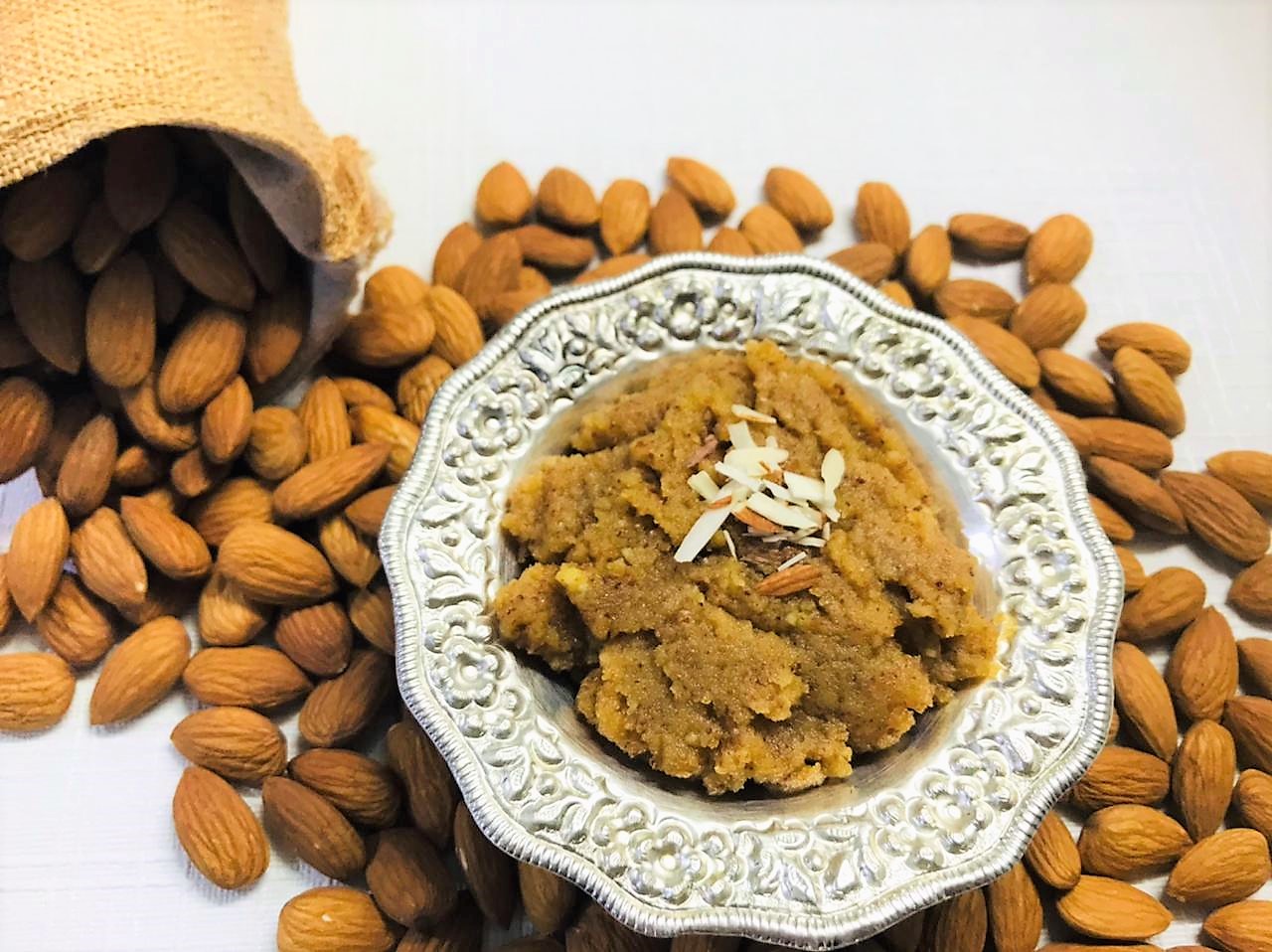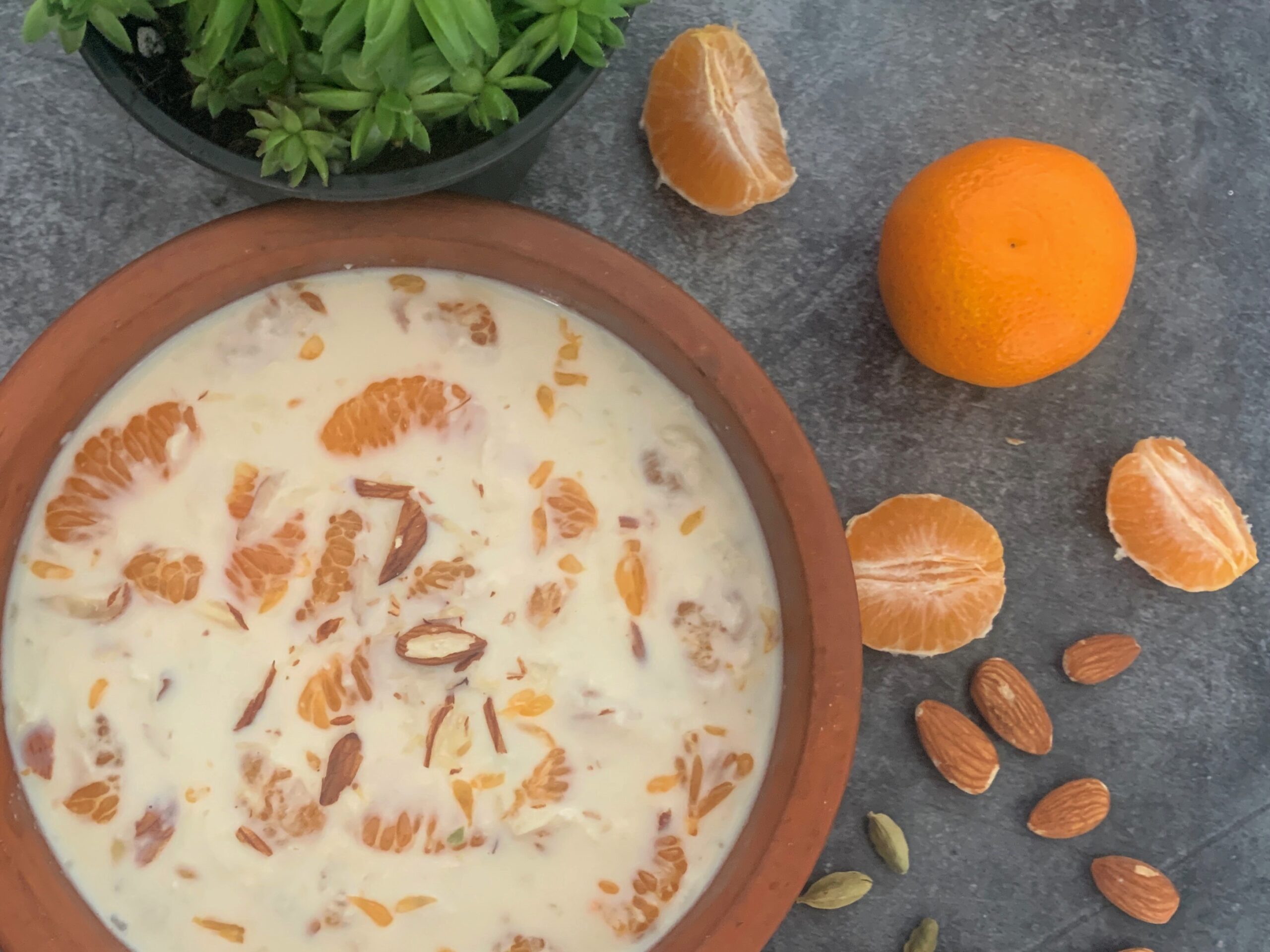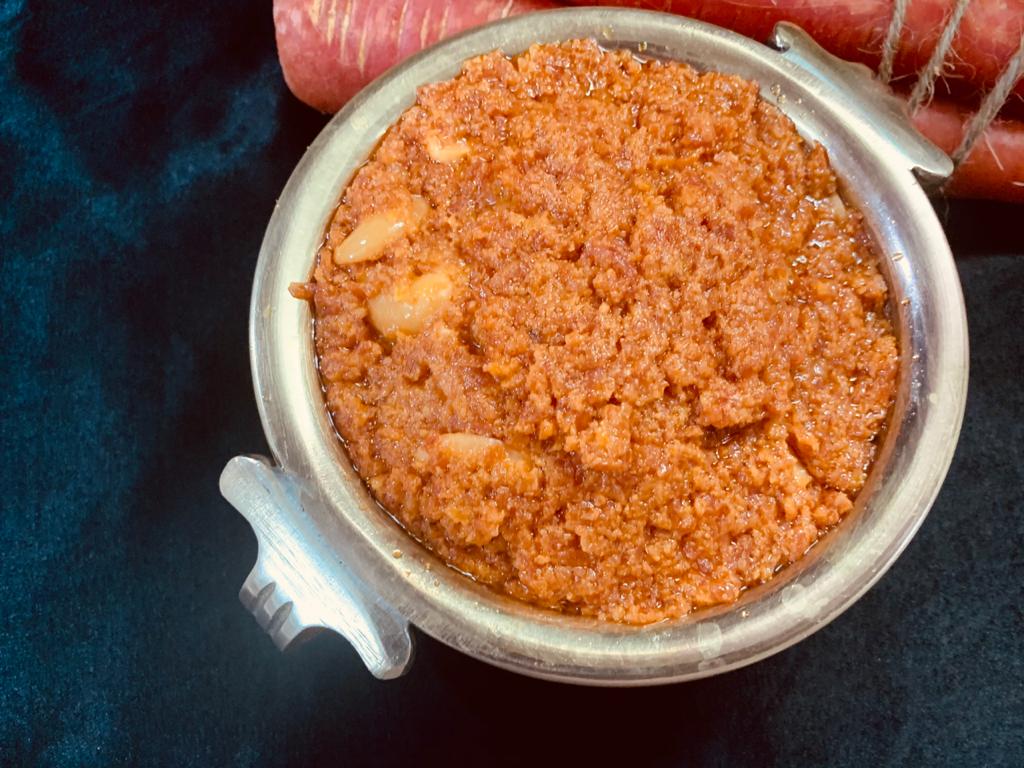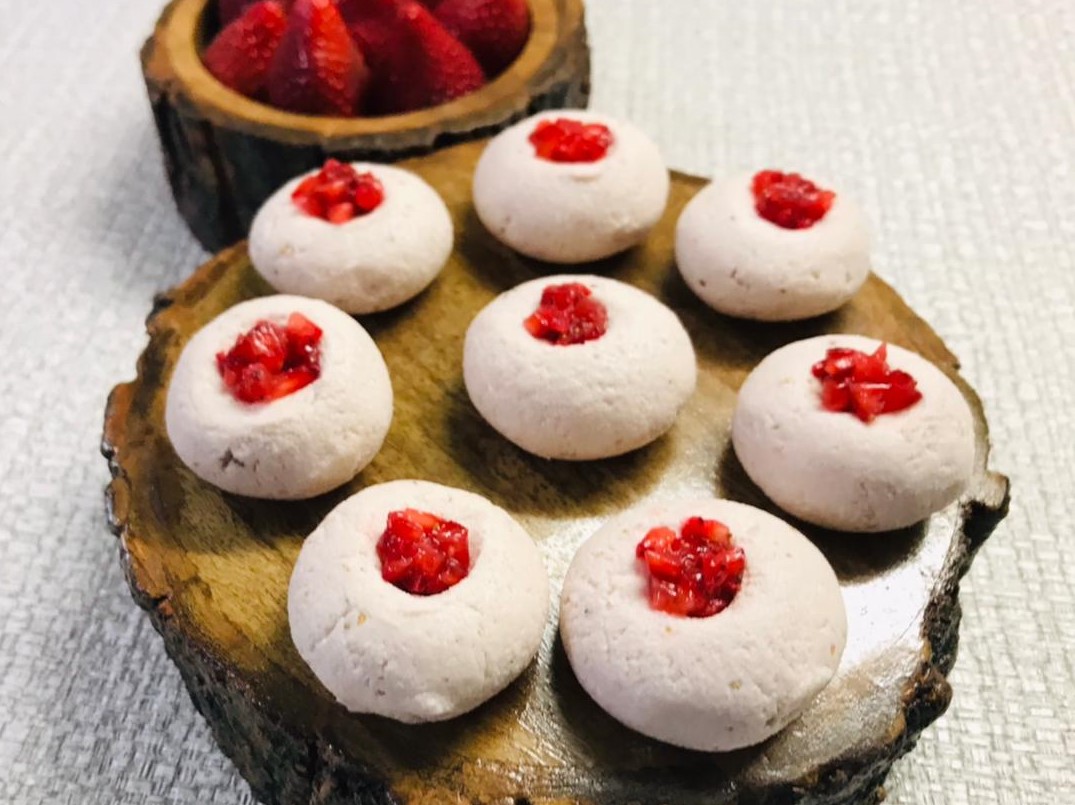Jalebi
Jalebi can be described in few words- Spirals of Happiness. Sweet, crispy, juicy and utterly addictive.
The closest thing to a Jalebi in the western world is probably a funnel cake. The difference being that jalebi is smaller spirals and dipped in sugar syrup unlike the funnel cake which is bigger and dusted with sugar. Jalebi is a popular sweet not only in India but also in South and West Asia, Africa, and Mauritius and known with different names like jilapi, jilebi, jilipi, jalavallika, Kundalika, zulbia, jerry, mushabak, z’labia, or zalabia to name a few.
For many Indians, Jalebi is not just another sweet but a ritual especially in the winters and enjoyed for breakfast, teatime snack or dessert (actually there is no right or wrong time to eat jalebi). It is so popular that each region/state in India has a different accompaniment for jabeli for instance in Delhi it is enjoyed with samosa, or kachori, in Indore, it is served with Poha, in Gujarat it is served with fafda to name a few. In the North of India during the winters, jalebi with rabri and hot saffron milk is hugely popular and is even considered medicinal.
Making jalebi at home can be a bit fiddly- but believe me it is well worth all the fuss! A perfect jalebi is crispy on the outside, chewy on the inside, and oozes sticky syrup with every bite. Nothing can ever be better!
Ingredients
For The Batter
1 cup plain flour
½ cup plain yoghurt
¼ teaspoon baking soda
¾ cup warm water
For The Sugar Syrup/chasni
2½ cups water
1 cup sugar
Few saffron strands
Other Ingredients
2 cups ghee/oil for frying
Directions
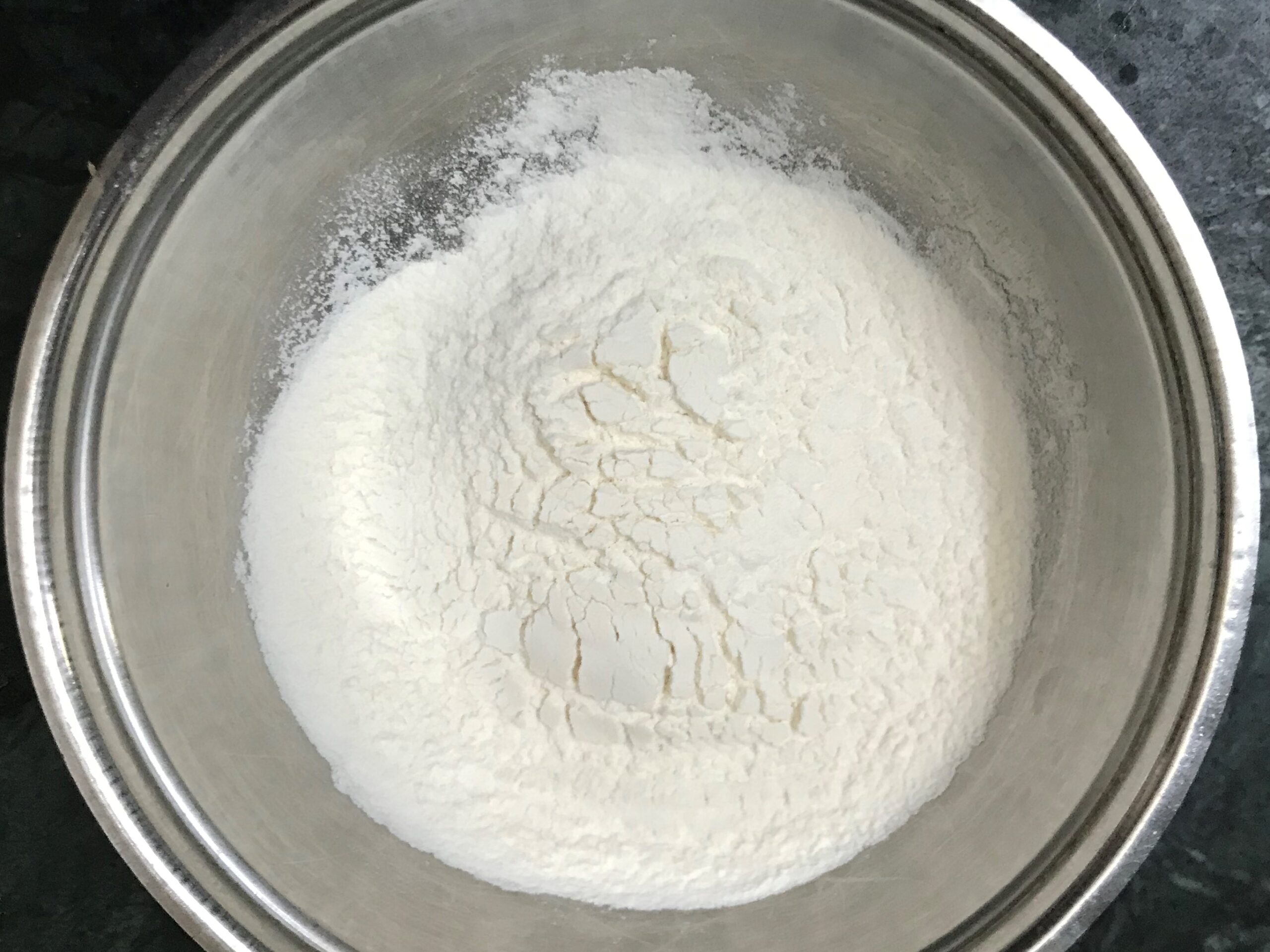
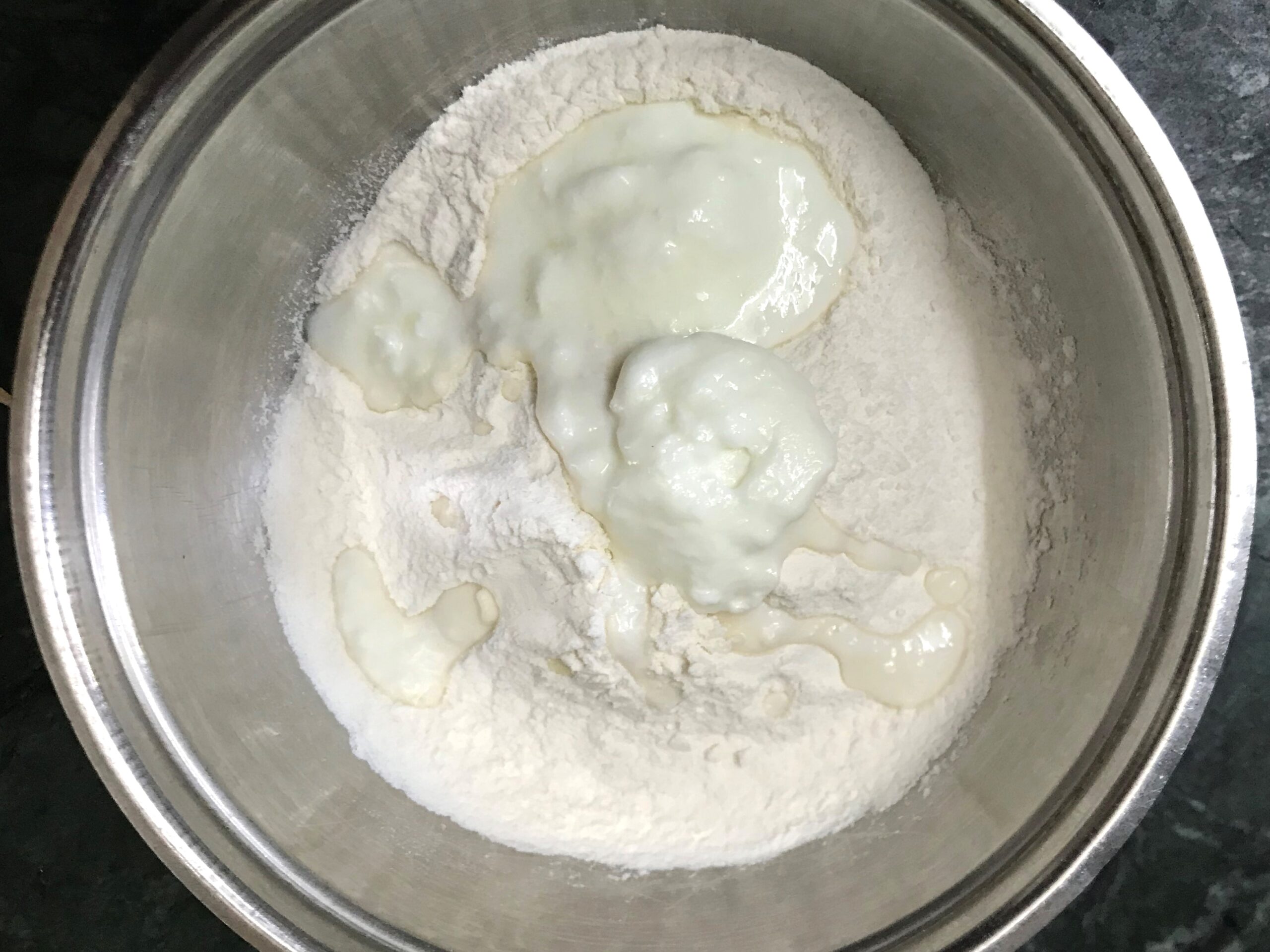
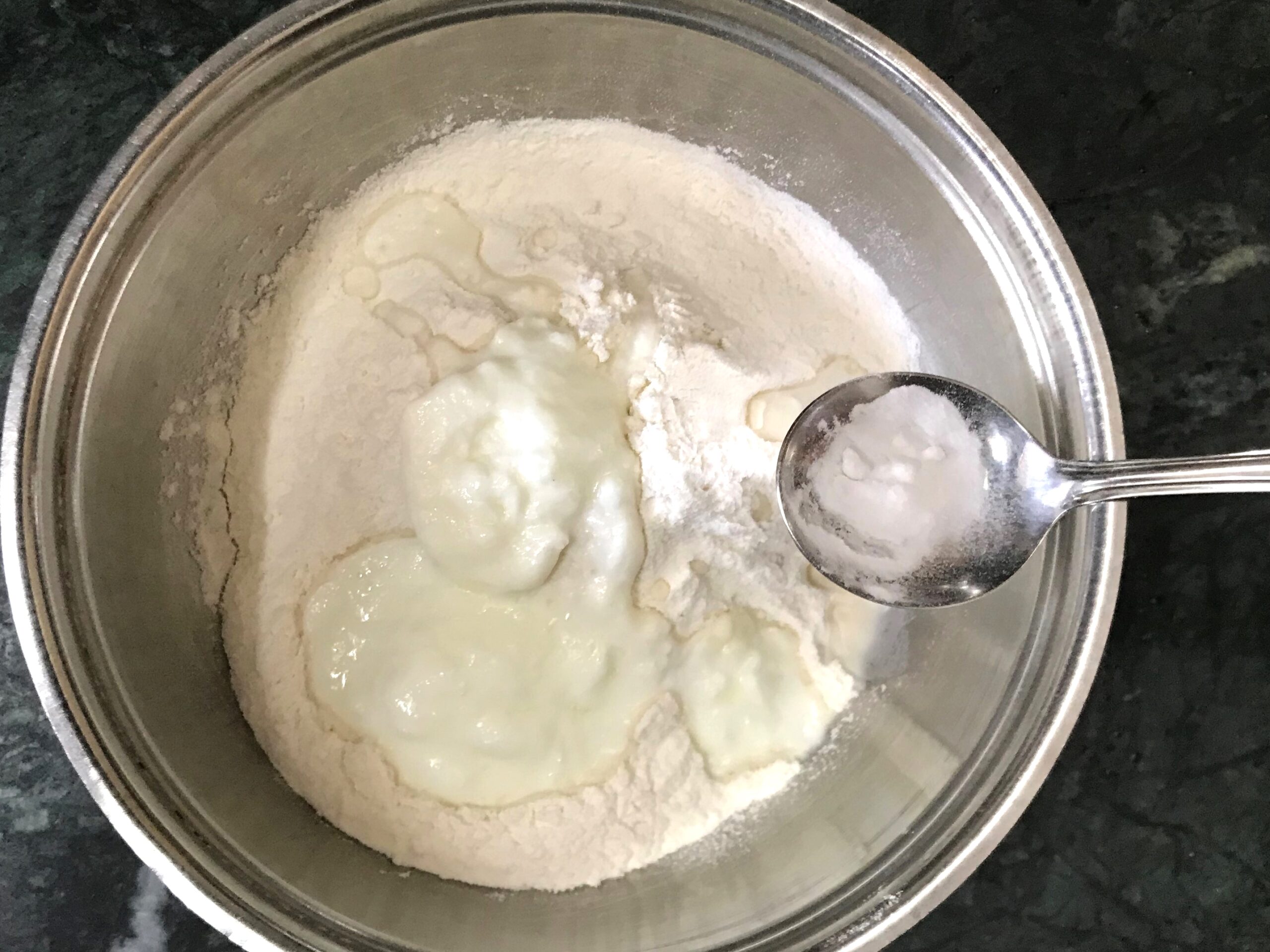
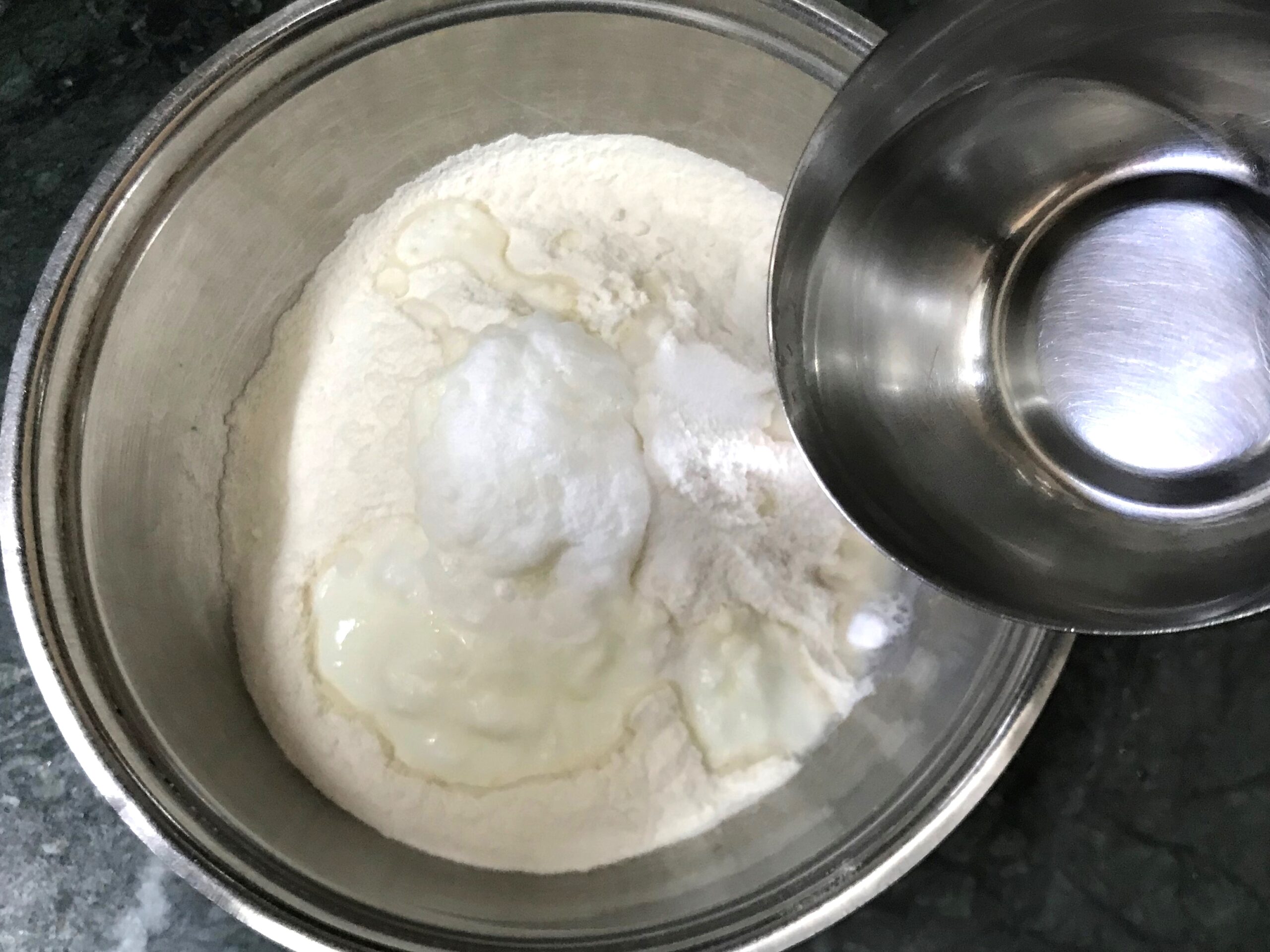
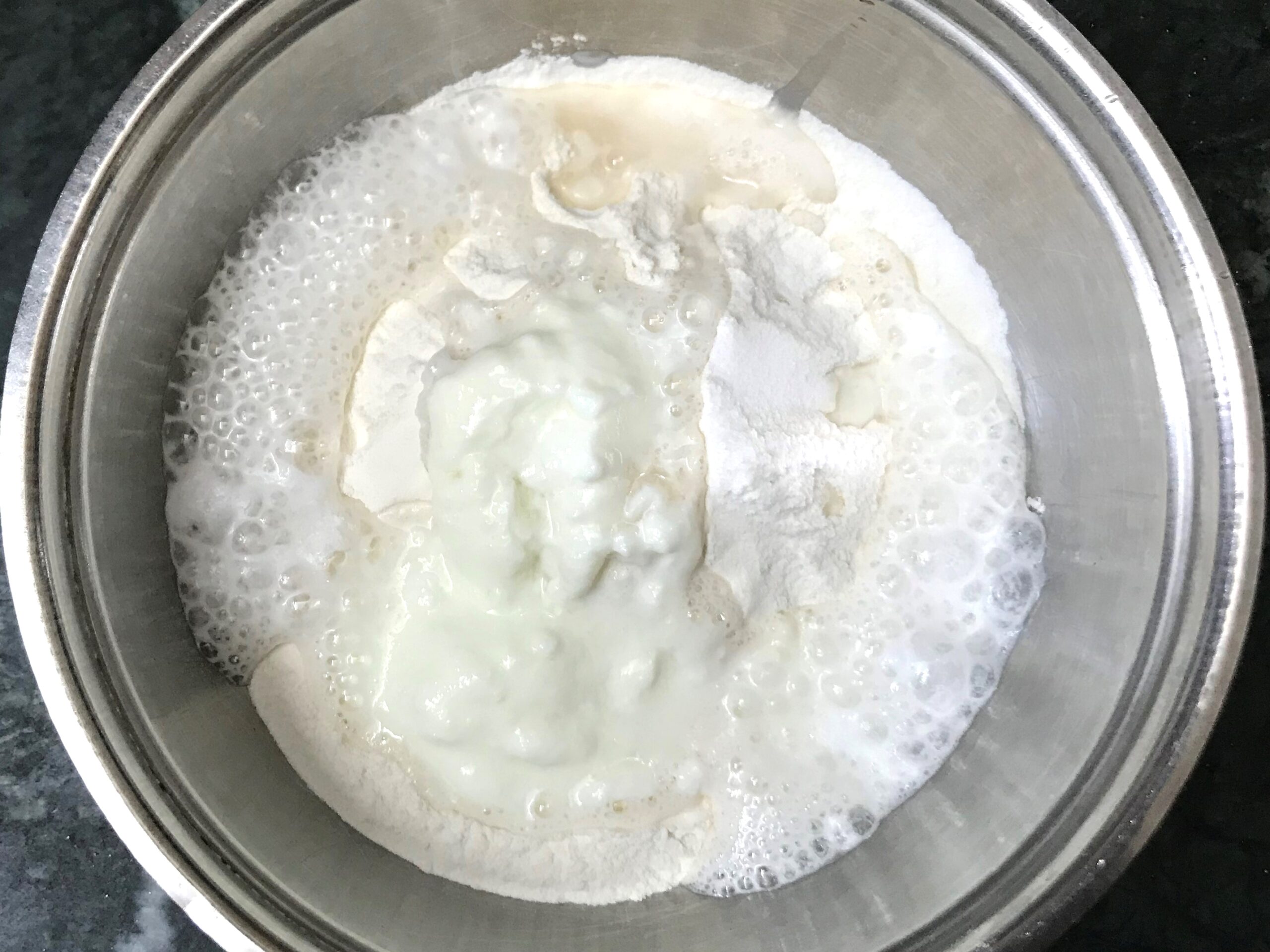
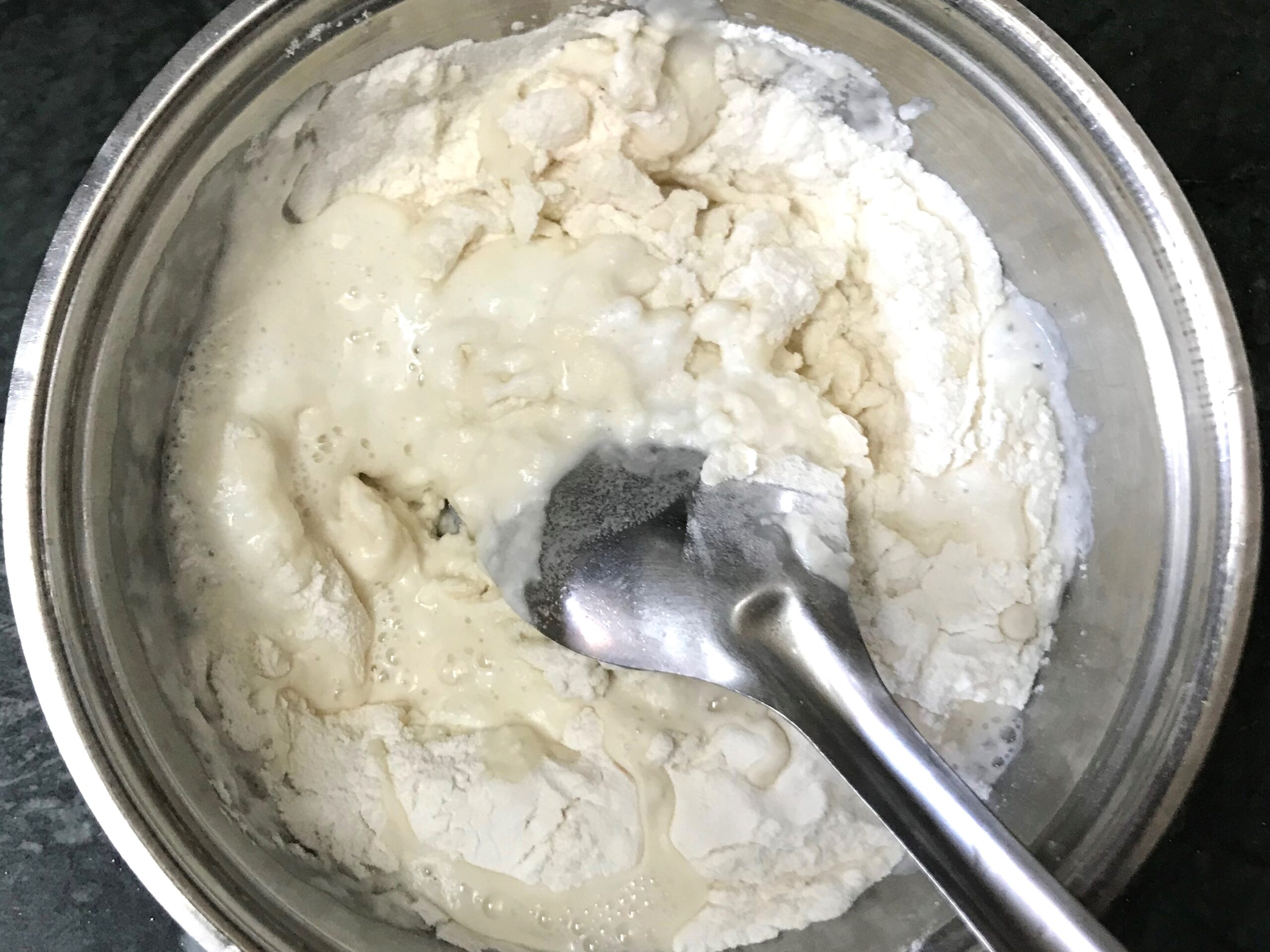
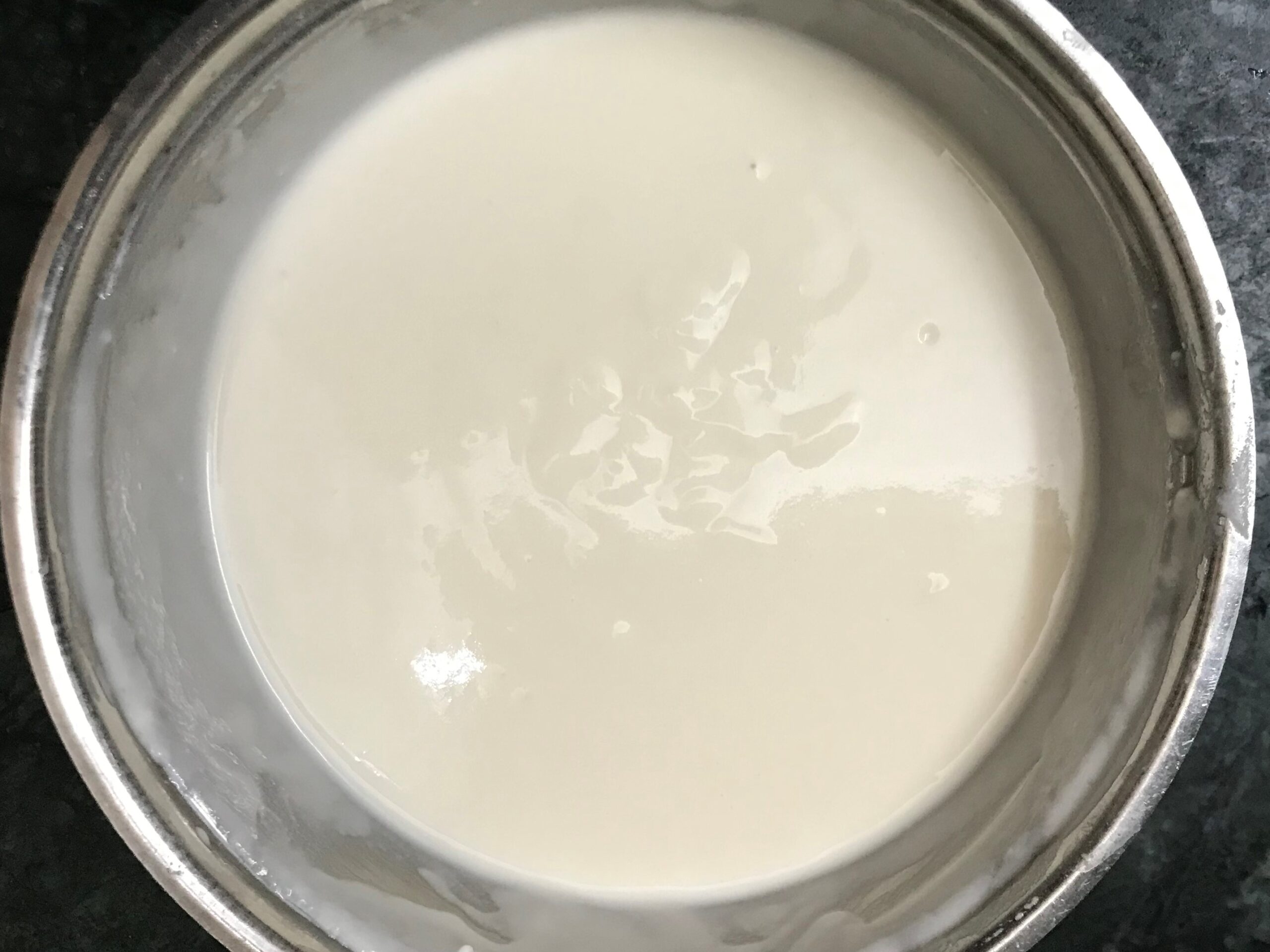
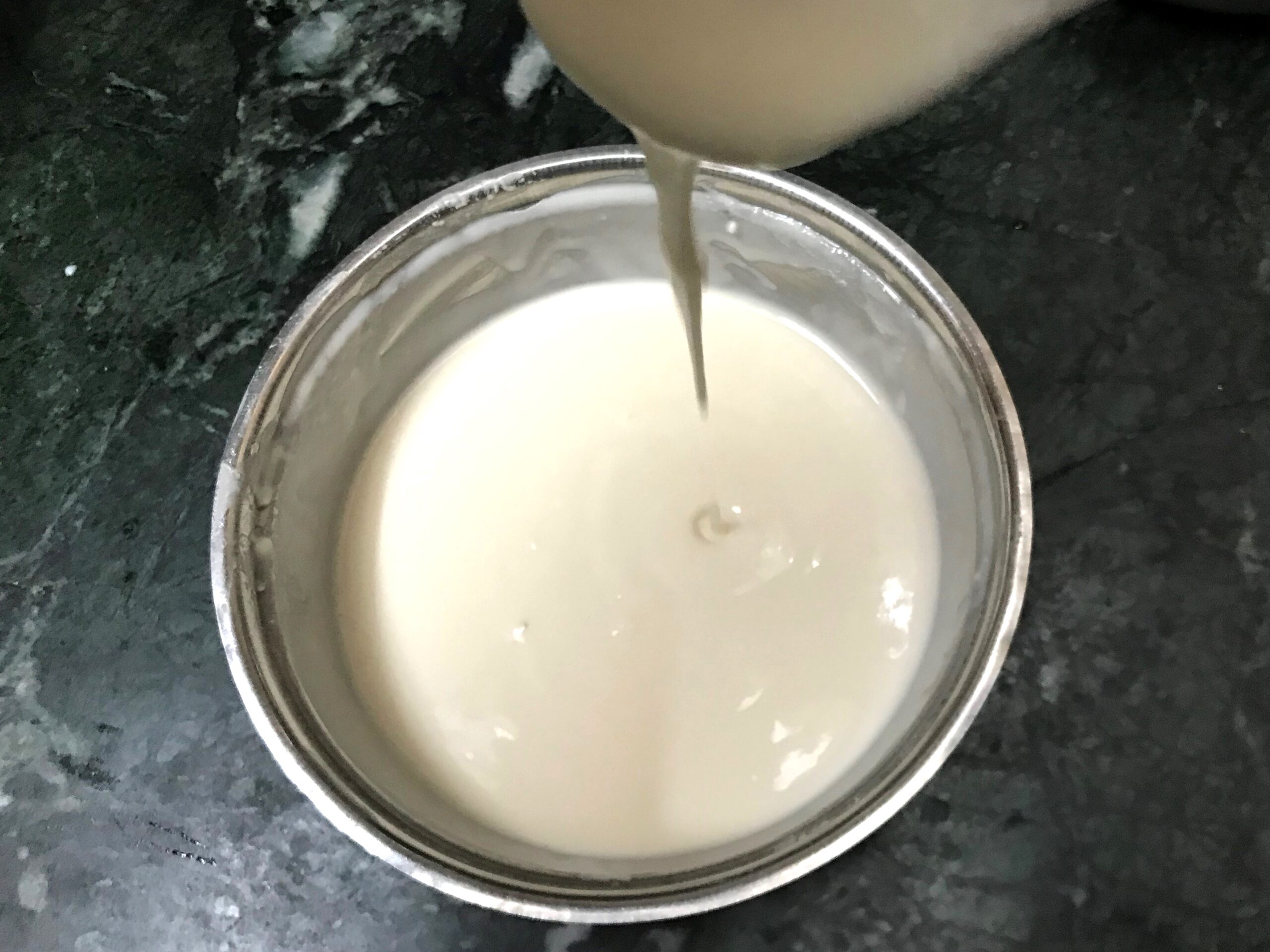
In a bowl, add the plain flour, yoghurt, baking soda and water. Mix it to form a thick dropping consistency batter (it should be a bit thicker than pancake batter). Cover and rest it for about 3-4 hours to ferment the batter.
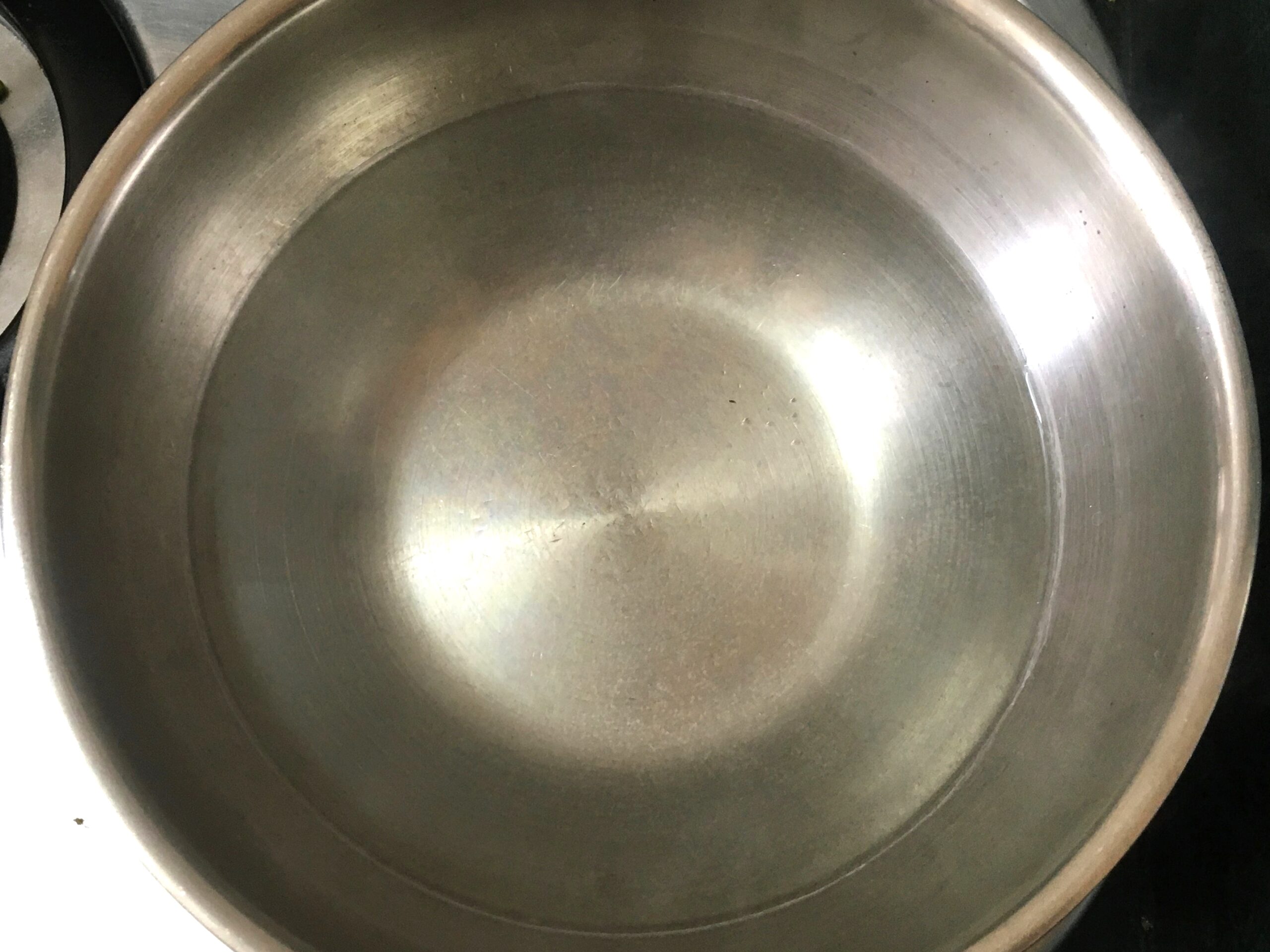
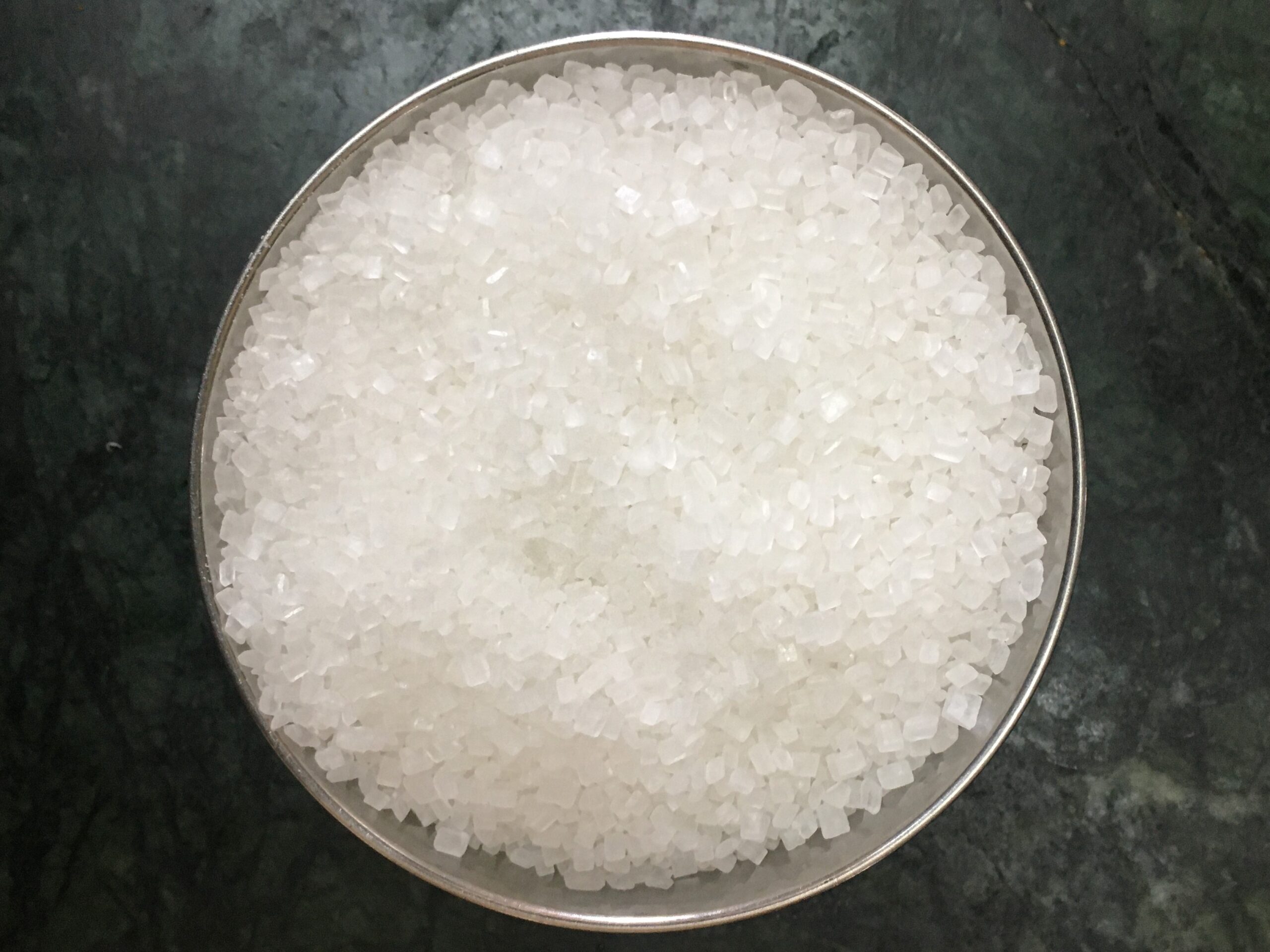
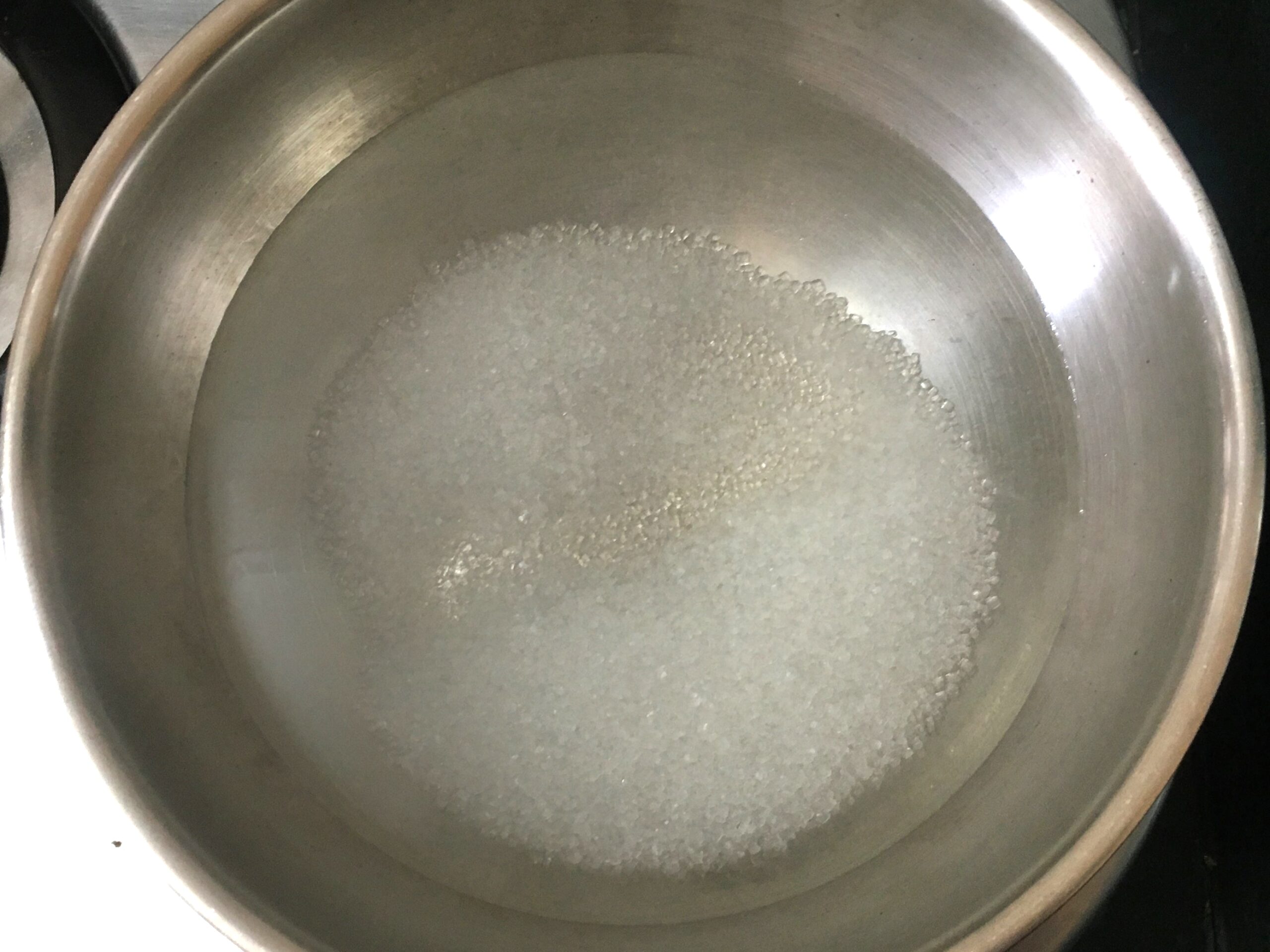
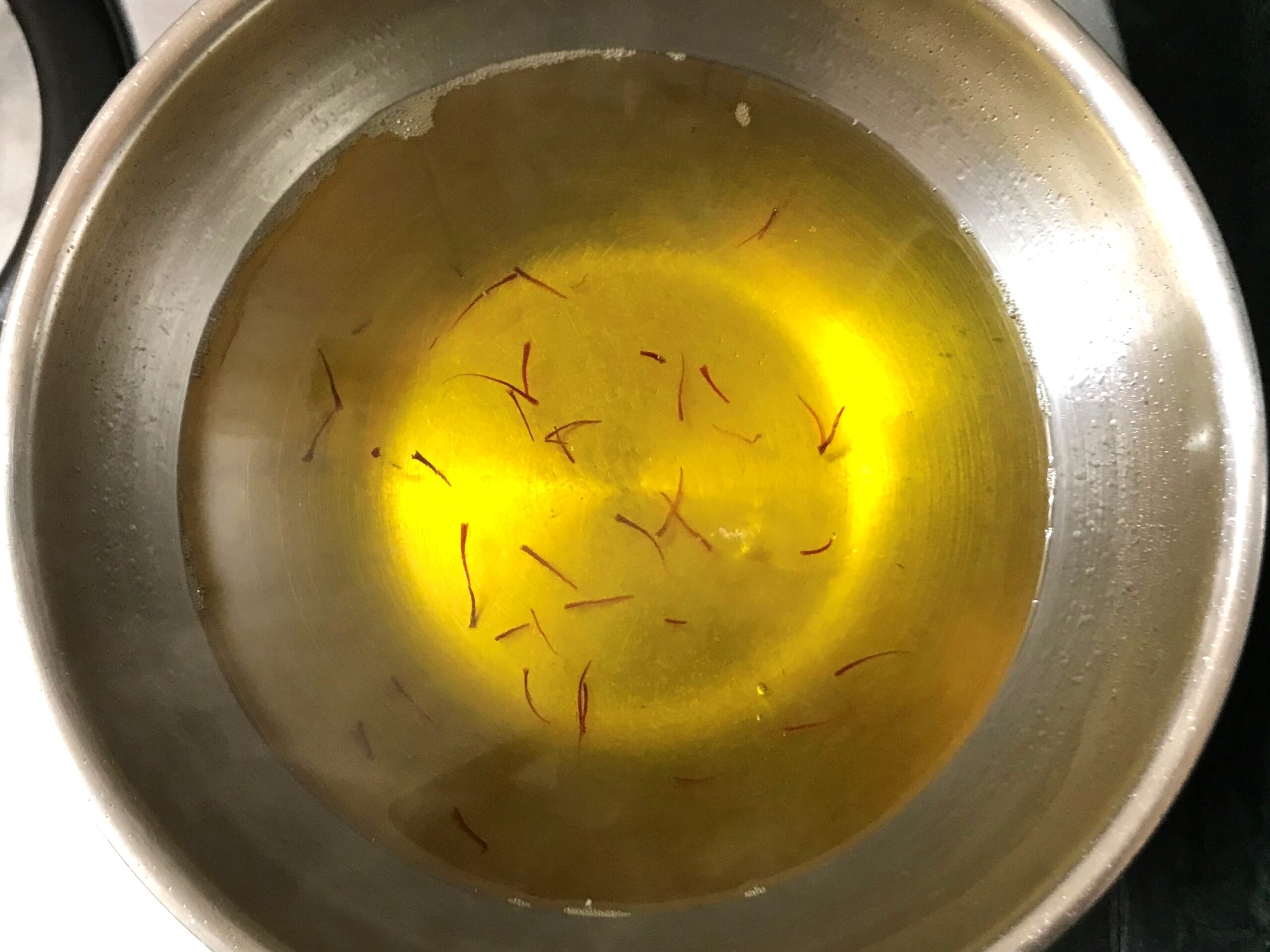
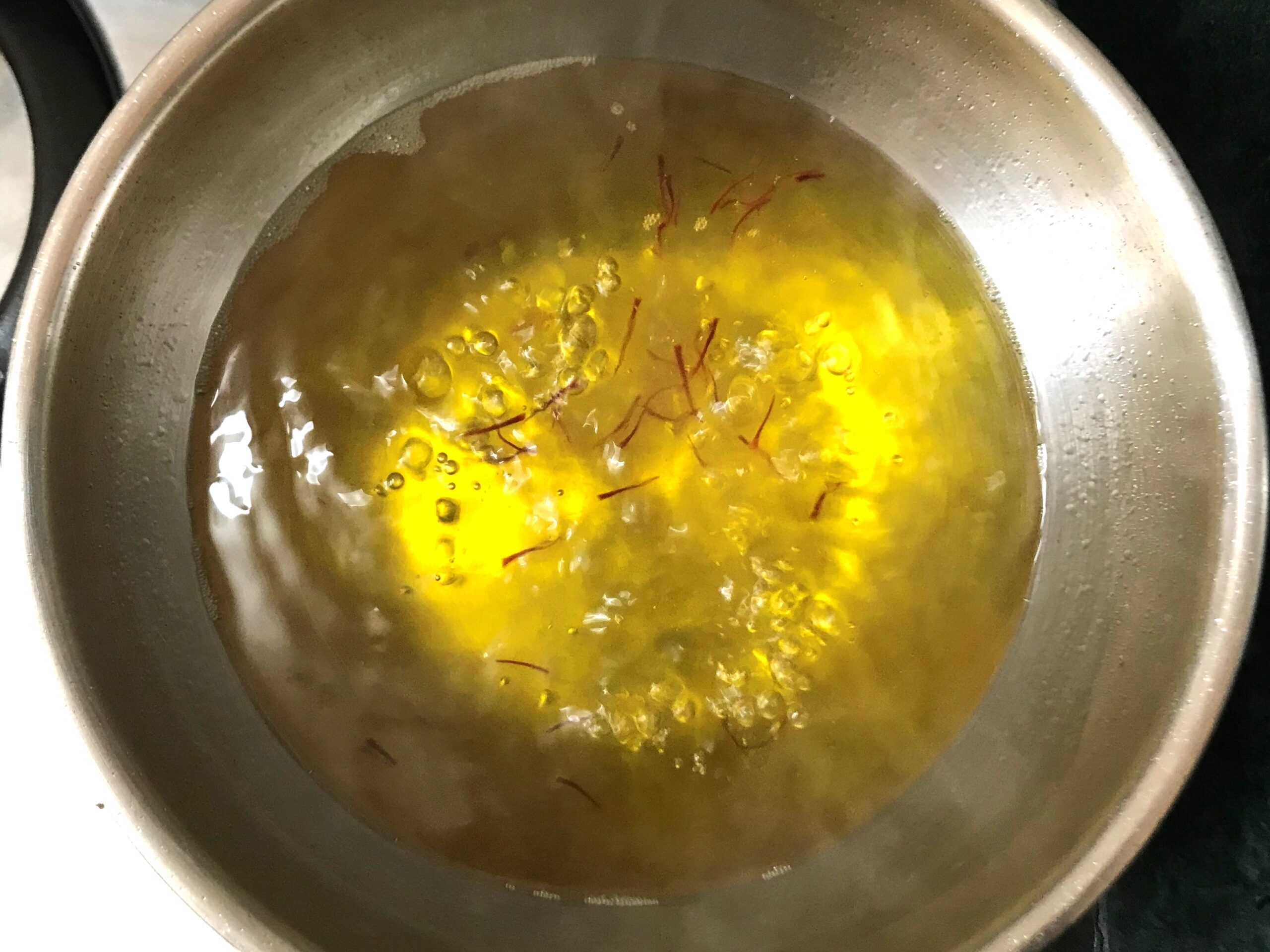
Heat water in a pan and add the sugar. Stir to dissolve the sugar then bring to a boil. Add the saffron strands and simmer for 8-10 minutes to thicken the sugar syrup. Remember to keep stirring it frequently. Check if the sugar syrup has reached one-string consistency and then turn off the heat.
(To check if the sugar syrup has reached one string consistency, take a drop of sugar syrup between your thumb and index finger and move the fingers slowly apart. The sugar syrup should form a single string).
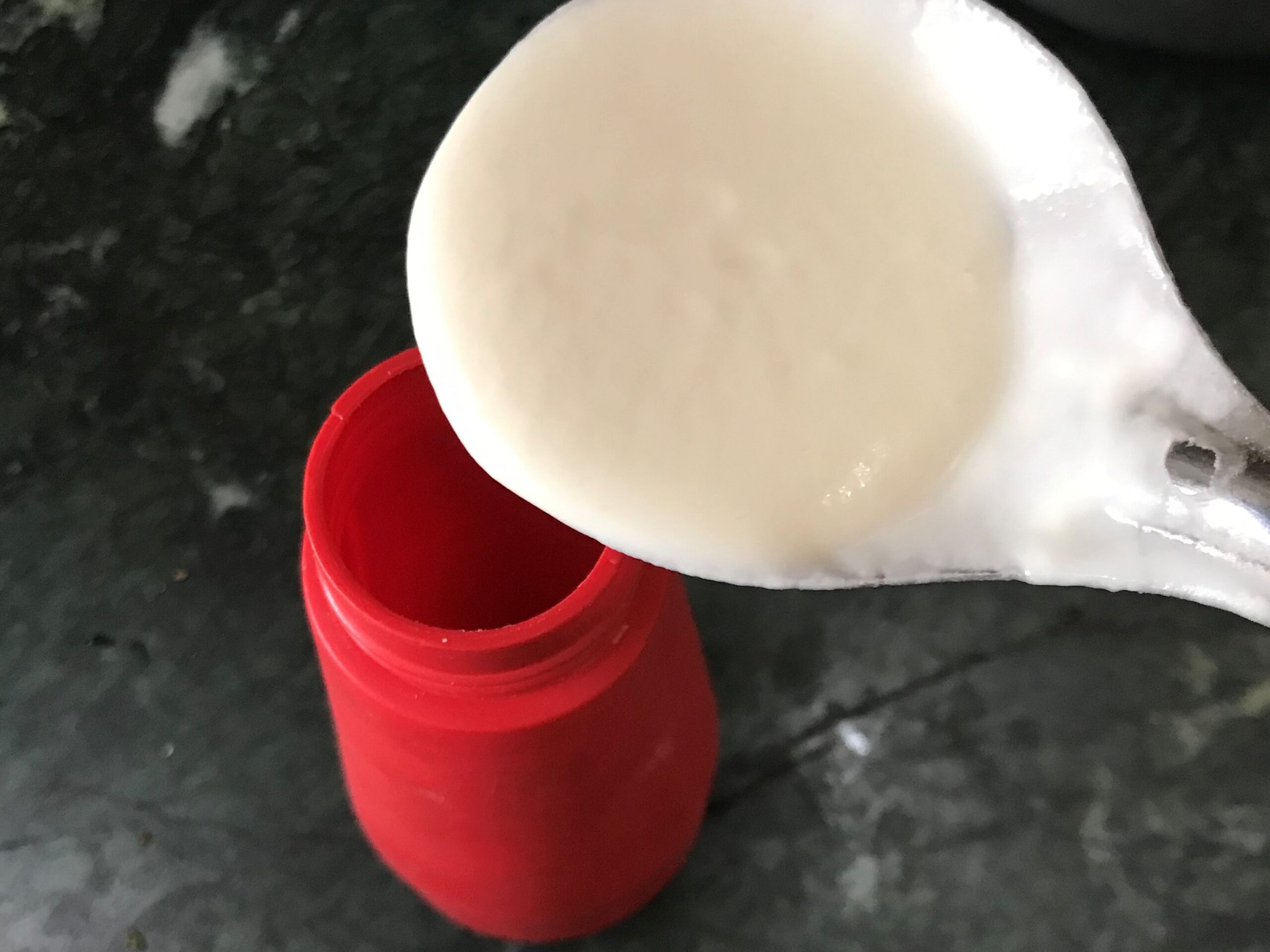
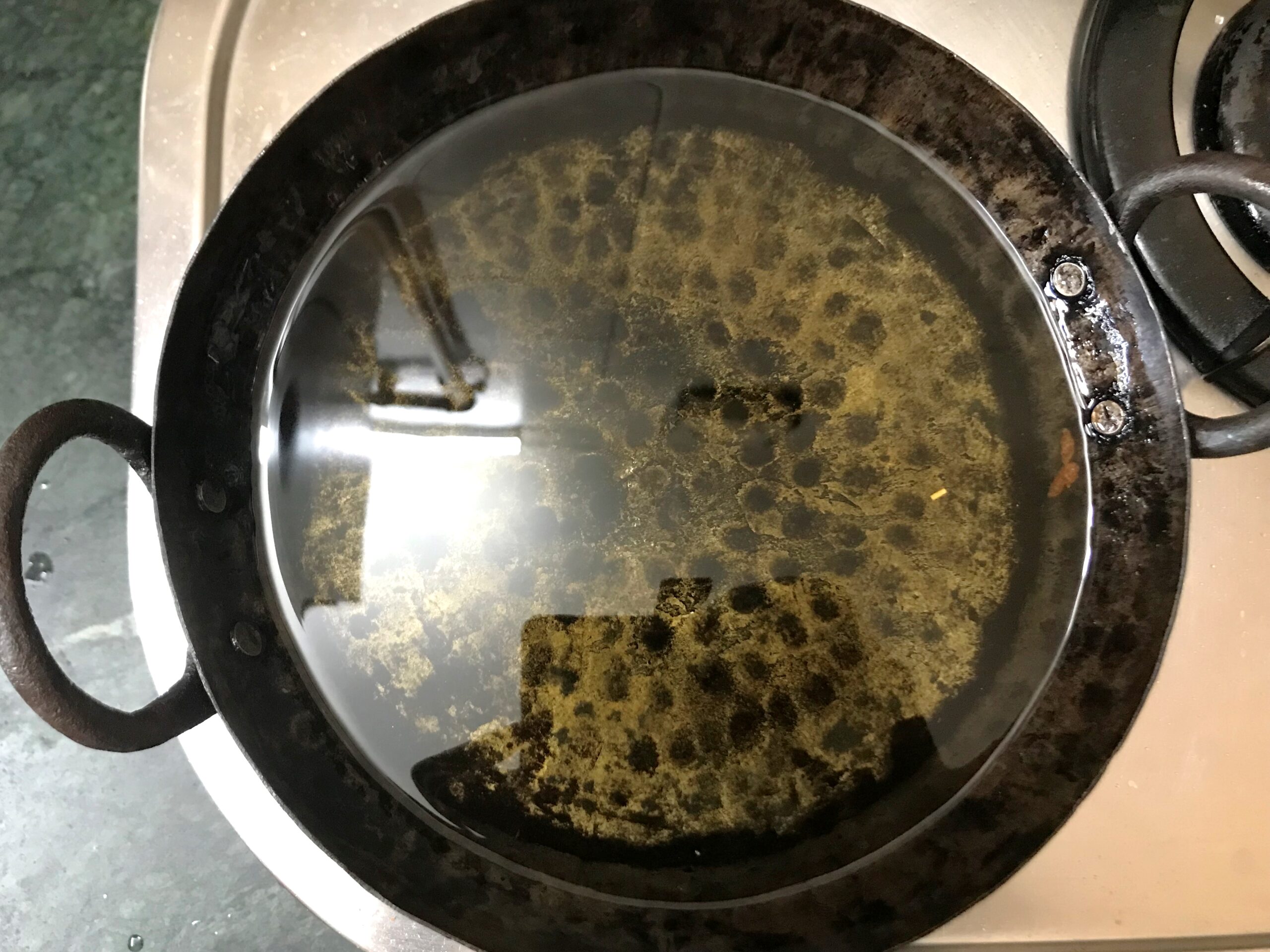
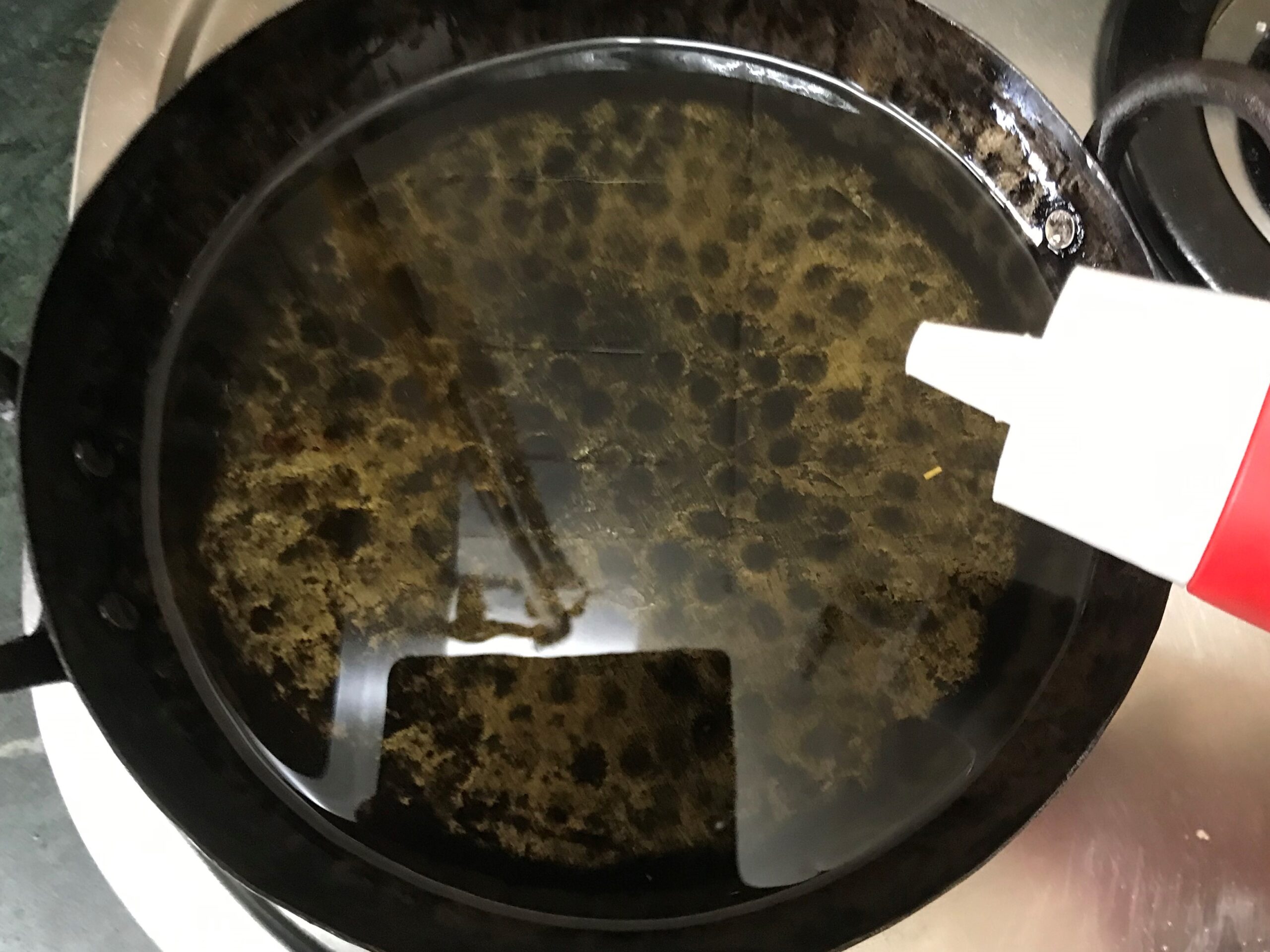
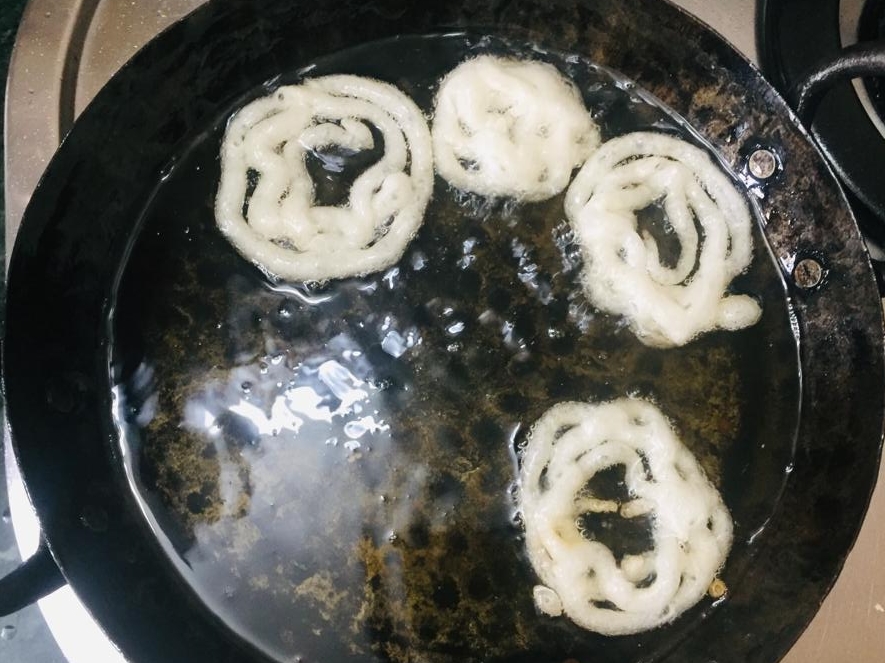
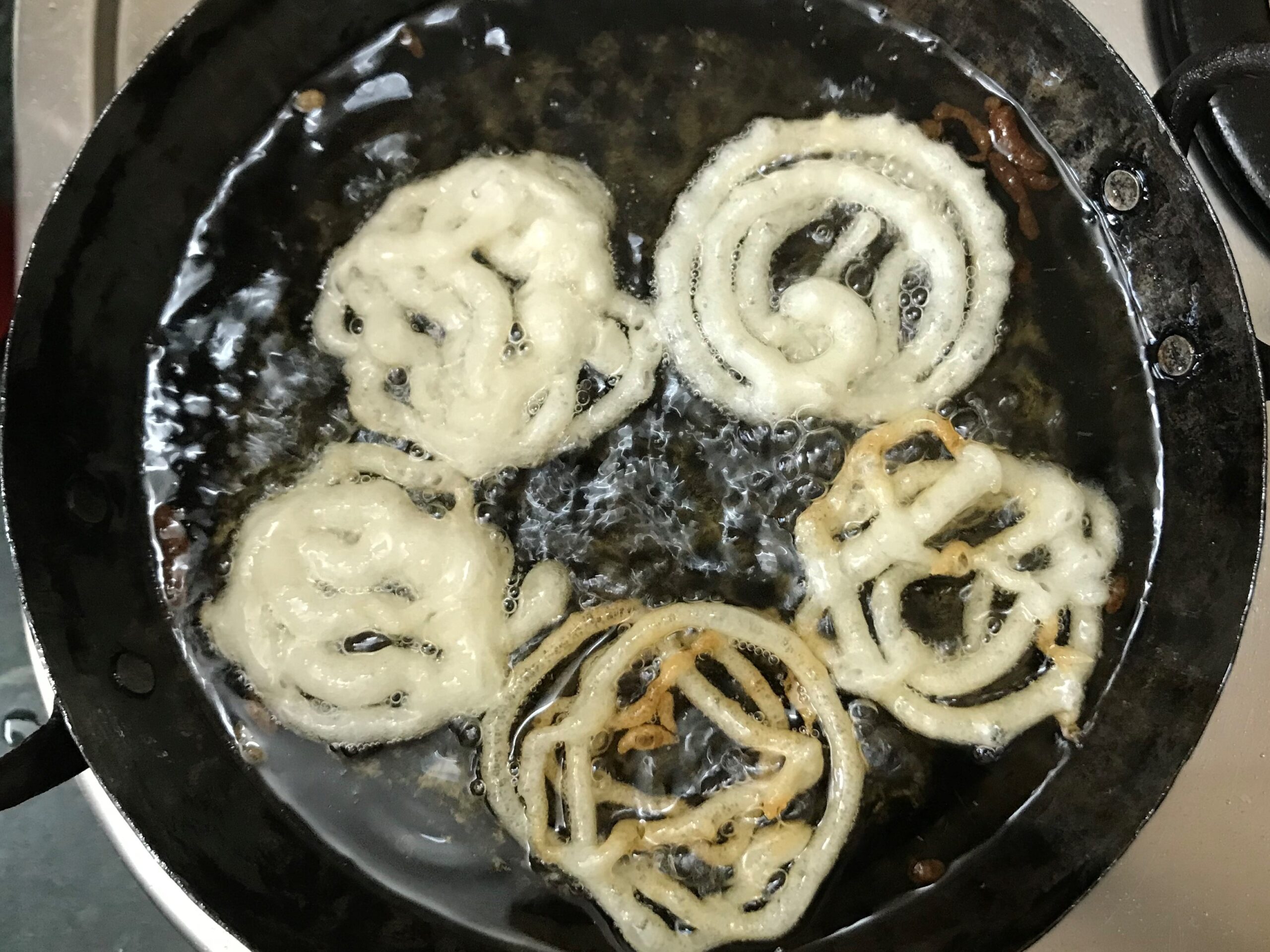
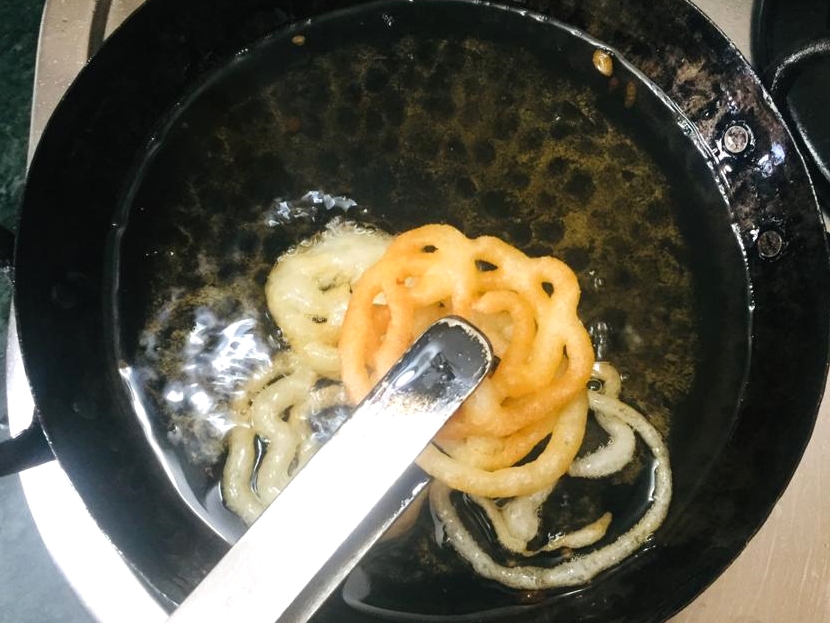
Transfer the batter to a squeezy bottle or piping bag.
Heat the ghee/oil for deep frying. Keep the temperature of the oil to low-medium heat. To check if the batter is ready for frying the jalebi drop a bit of the batter in the oil and if it bubbles and rises, it is hot enough. (Remember- If the batter disperses in the oil and doesn’t keep its shape- either the oil is too hot, or the batter is too thin. Lower the heat and add couple of teaspoons of flour to adjust the consistency of the batter).
Pipe the batter in the hot ghee/oil, making 2-3 concentric circles. The shape is spiral or coil like and not too far apart. I prefer moving from inside to outside. Finish off each jalebi by moving back across the circle to the opposite edge which helps in creating a line that holds the spiral/coil/concentric circles together.
Fry the jalebi on medium heat while turning it over so that the jalebi cooks well on both sides and is golden and crispy. Drain on a paper towel to absorb excess ghee/oil.
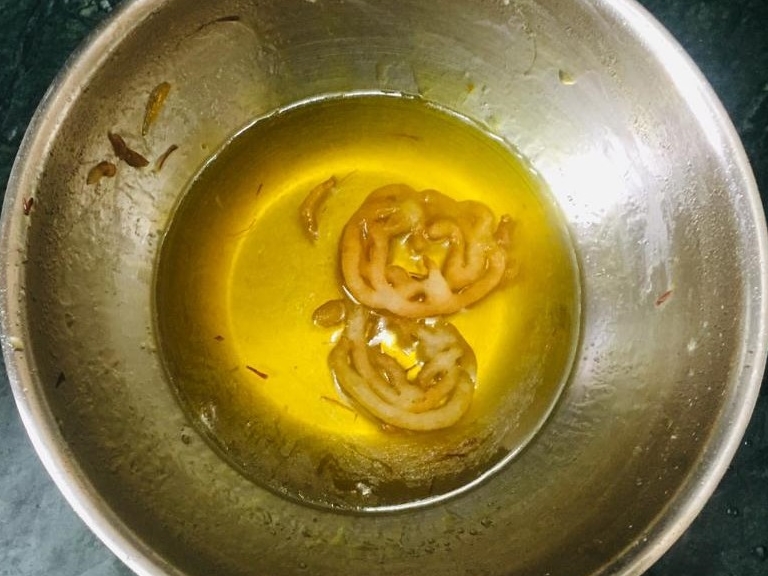
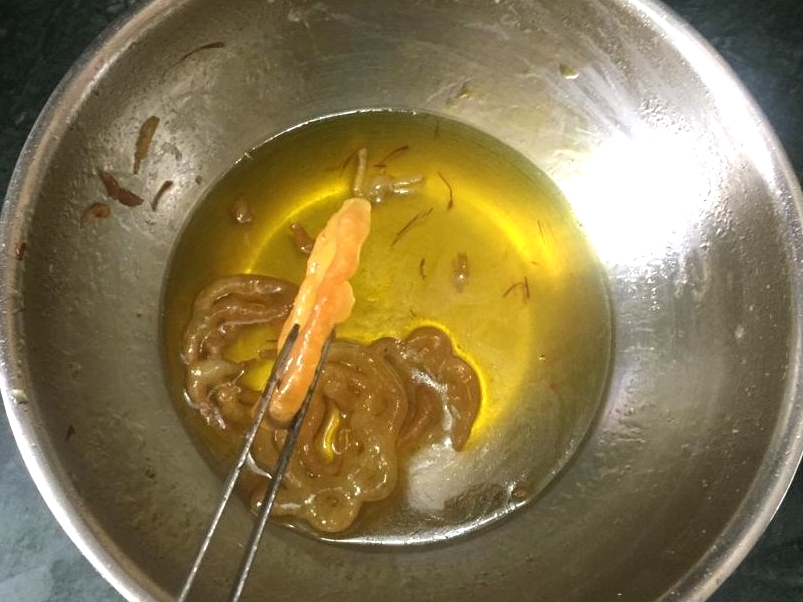
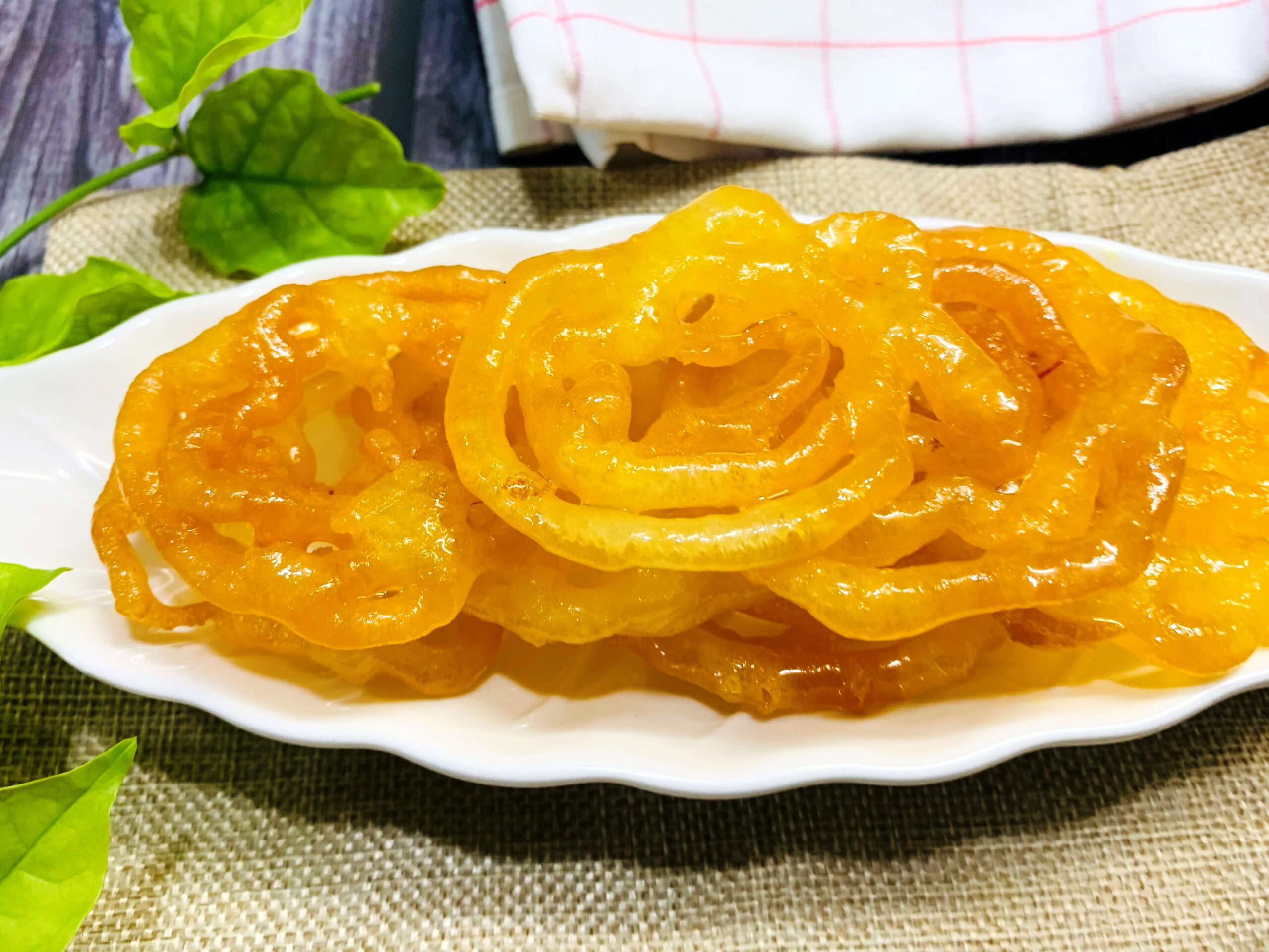
While you fry the jalebi keep the sugar syrup warm.
Immerse the fried jalebi in the warm sugar syrup for 2-3 minutes. A couple of minutes after dunking, take the jalebis out.
The jalebis are best eaten hot!


